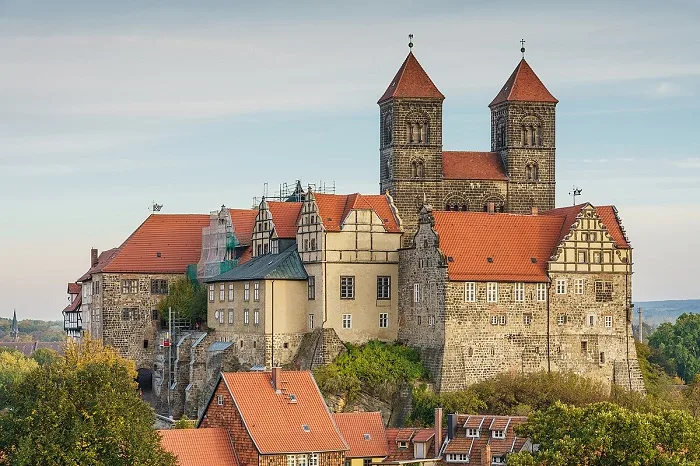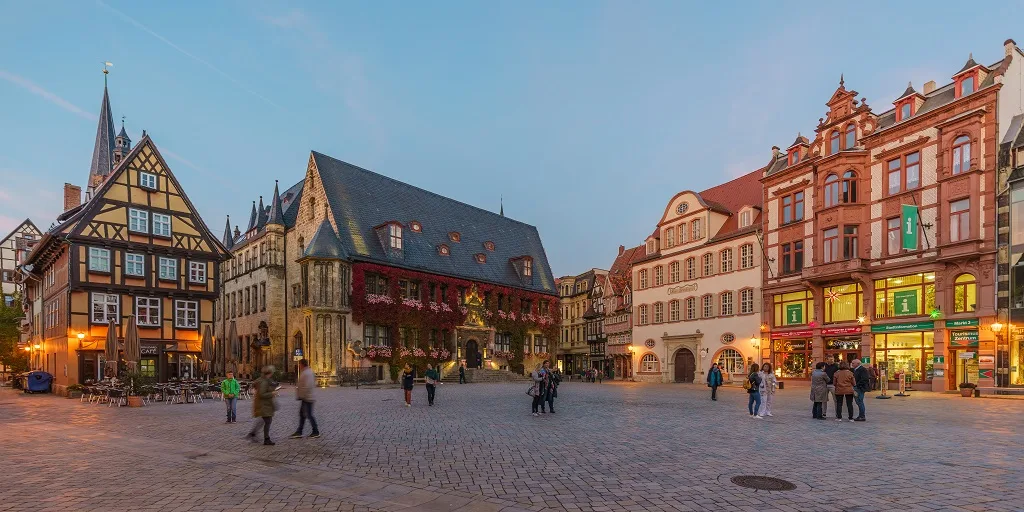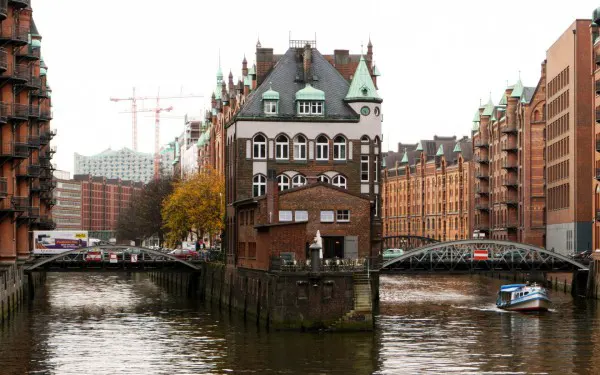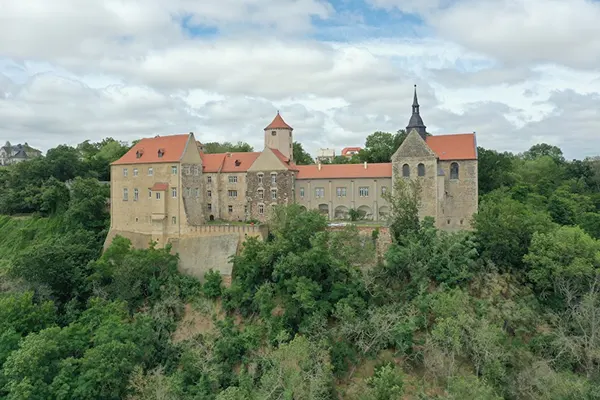
Quedlinburg: Why You Should Visit This Place
Quedlinburg, a charming medieval town located in the Harz district of Germany, boasts a rich history dating back to the early Middle Ages. Founded in the early 10th century, it quickly became an important center of the Holy Roman Empire. The city’s historical significance is rooted in its role as the seat of the Ottonian dynasty, with the first King of Germany, Henry the Fowler, establishing a royal palace here. Quedlinburg’s well-preserved architecture and cobblestone streets reflect its centuries-old heritage, making it a living museum of medieval urban planning.
Throughout its history, Quedlinburg has maintained its medieval charm and authenticity. The town’s layout, featuring narrow, winding streets and half-timbered houses, has remained largely unchanged since its founding. The Collegiate Church of St. Servatius, a masterpiece of Romanesque architecture, stands as a testament to the city’s ecclesiastical importance. Quedlinburg’s inclusion as a UNESCO World Heritage Site in 1994 highlights its exceptional cultural value and its preservation as a historical treasure.
How Many Sieges Has the City Endured in Its History
Quedlinburg has witnessed numerous sieges and conflicts throughout its tumultuous history, reflecting the strategic importance of its location. The city endured its first significant siege in 1070 during the Saxon Rebellion when the forces of Emperor Henry IV besieged the town. This conflict marked the beginning of a series of sieges that would shape Quedlinburg’s historical narrative.
One of the most notable sieges occurred in 1552 during the Schmalkaldic War, a conflict between the Catholic Emperor Charles V and the Protestant princes of the Holy Roman Empire. Quedlinburg, a Protestant stronghold, faced a fierce siege by the Imperial forces. Despite the intensity of the attack, the city managed to withstand the onslaught, thanks to its robust fortifications and the resilience of its inhabitants. These historical sieges have left an indelible mark on Quedlinburg, contributing to its rich tapestry of history and culture.
The City’s Attractions
Quedlinburg is renowned for its well-preserved medieval architecture and picturesque landscapes. Visitors can explore over 1,200 half-timbered houses, each telling a story of the town’s storied past. The Schlossberg, a hill crowned with the imposing Quedlinburg Castle and the Collegiate Church of St. Servatius, offers breathtaking views of the town and the surrounding Harz region. The church, home to a priceless collection of medieval treasures, is a must-visit for history enthusiasts. The quaint Marktplatz, with its charming cafes and shops, provides a perfect setting for a leisurely stroll and a glimpse into the town’s vibrant community life.
Entertainment
Quedlinburg offers a variety of entertainment options that cater to diverse interests. For those who appreciate the arts, the Lyonel Feininger Gallery showcases the works of the famous expressionist artist, offering a unique cultural experience. The town also hosts numerous festivals throughout the year, including the Quedlinburg Music Summer and the Advent in den Höfen, a magical Christmas market set in the courtyards of historical buildings.
Outdoor enthusiasts can explore the scenic trails of the Harz Mountains, perfect for hiking and cycling. The Bode River, flowing through the town, provides opportunities for kayaking and fishing. For a more relaxed experience, visitors can enjoy a boat tour, offering a unique perspective of Quedlinburg’s picturesque surroundings.
Food lovers will delight in the local cuisine, with numerous restaurants and cafes serving traditional Harz specialties. The town’s culinary scene is characterized by hearty dishes made from locally sourced ingredients, reflecting the region’s agricultural heritage. Whether you’re sampling a savory Quedlinburger Bockwurst or indulging in a sweet Quedlinburger Baumkuchen, the local flavors are sure to leave a lasting impression.

Historical Heritage
Quedlinburg’s historical heritage is a testament to its enduring legacy and cultural significance. The town’s medieval origins are evident in its well-preserved architecture and urban layout. The Quedlinburg Castle, perched atop the Schlossberg, served as a royal residence and administrative center for centuries. Today, it houses a museum that offers insights into the town’s royal past and its pivotal role in German history.
The Collegiate Church of St. Servatius, a UNESCO World Heritage Site, is renowned for its Romanesque architecture and historical treasures. The church’s crypt contains the tombs of Henry the Fowler and his wife, Matilda, making it a site of pilgrimage for history enthusiasts. The church’s treasury, featuring medieval manuscripts, relics, and liturgical objects, provides a fascinating glimpse into the religious and cultural life of the medieval period.
Quedlinburg’s historical significance extends beyond its architectural heritage. The town played a crucial role in the Reformation, with its Protestant leanings influencing the religious landscape of the region. The Quedlinburg Abbey, founded in the 10th century, was a center of learning and religious scholarship, contributing to the intellectual and cultural development of the Holy Roman Empire. Today, Quedlinburg stands as a testament to the enduring legacy of its medieval heritage, offering visitors a chance to step back in time and experience the rich tapestry of its history.



